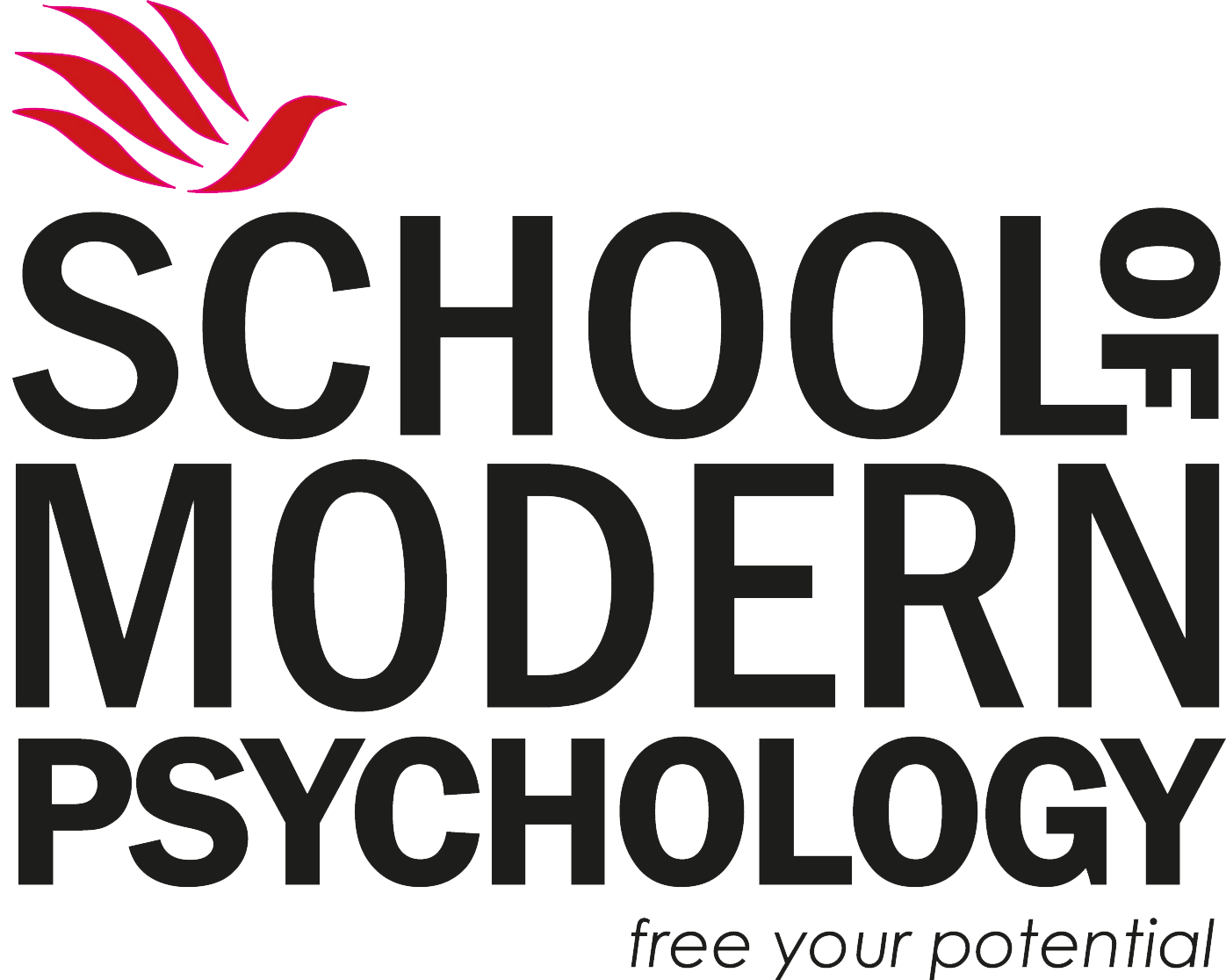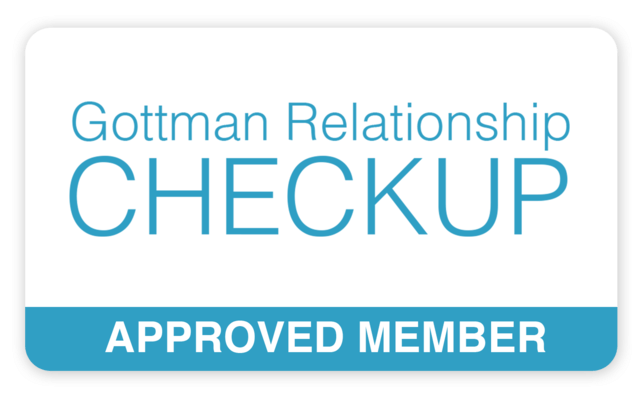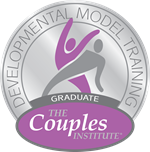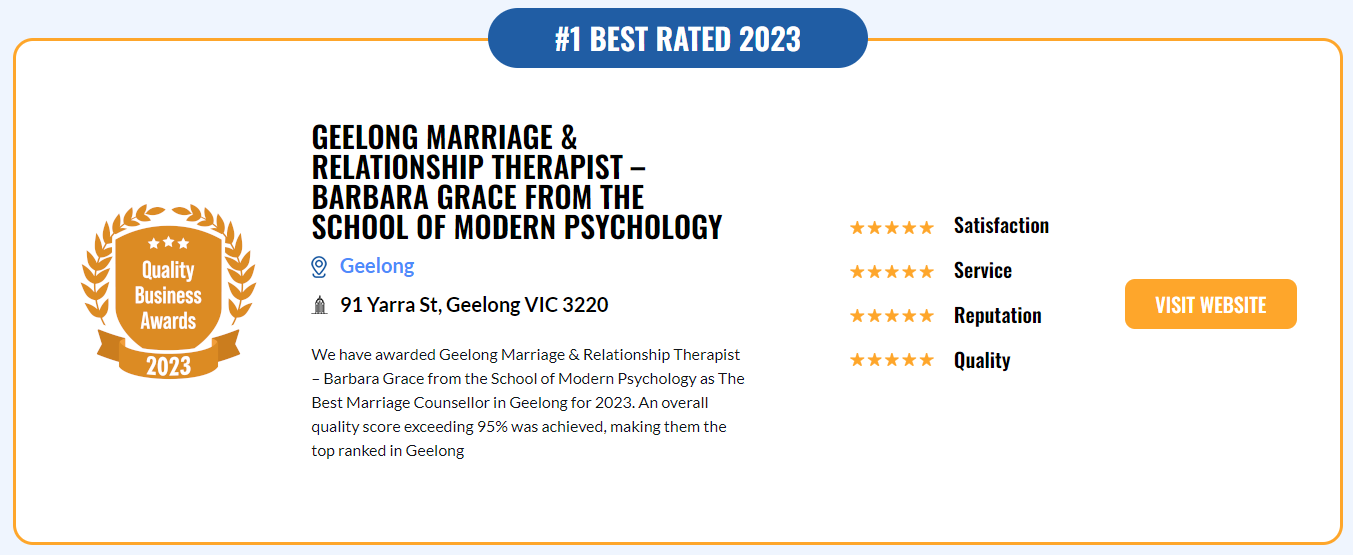How To Break The Blame Cycle With Empathy
/Discover how to break the blame cycle when you feel blamed or accused for everything going wrong at work or in your relationship. It may sound counter-intuitive, but building ‘empathy muscles’ could be the best place to start.
“To err is human. To blame someone else is politics.” Hubert H. Humphrey
Being blamed when things go wrong is challenging. You can end up feeling as if the world is against you – that no matter which way you turn you’re being picked on, bullied or victimised. Whether you’re bearing the brunt of blame in your relationship or being blamed at work for things you don’t feel are called for - it hurts.
If you feel helpless in these situations, there are ways to manage both these times and the people who blame, accuse and act defensively when called out.
Without using these techniques, uncomfortable emotions and thoughts can eat away at your sense of self, causing you to doubt whether you’re good enough – or even whether you’re worthy of love or respect.
Breaking The Blame Cycle
“We are taught you must blame your father, your sisters, your brothers, the school, the teachers — but never blame yourself. It’s never your fault. But it’s always your fault, because if you wanted to change you’re the one who has got to change.” Katharine Hepburn
If this sounds like you, you may be noticing a cycle developing – one where you become defensive, gather evidence to fight back by accusing the other person or begin feeling you can’t let your guard down, even around people you should be able to trust.
Download your 6 FREE tools & help your relationship feel loving again.
Left long enough, the cycle builds tension and stress in your mind as you worry what’s going on which flows into your body as it remains constantly on alert for the next onslaught.
This is an unhealthy (and unhelpful) way of being.
Blaming and defensiveness are reflexive actions hard-wired into our survival mechanism. Those who tend to blame others for problems, deny any wrongdoing on their part or reject taking responsibility for their actions may have developed this pattern from childhood - particularly if parented by people without regular boundaries or respect for others.
While blaming others has become a default position to deflect problems, it was often for very good reasons – mainly around personal safety. Children learn survival mechanisms quickly. They continue adapting them while moving through adolescence, but unless new strategies are developed and a more mature approach learned an unfortunate cycle of blame and defensiveness continues.
Sadly, many relationships can suffer under the barrage of blame, accusations and denial – whether at work, in the home or in your personal connections.
Start Noticing What’s Happening In Your Body
“Reactive people … are often affected by their physical environment. They find external sources to blame for their behavior.” Stephen Covey
If you’re on the receiving end of being blamed, you’ll notice that your body’s internal alarm system is triggered.
Cortisol and adrenaline are being released so your body can defend itself (think fight/flight/freeze responses). As your body is being flooded by these chemicals/hormones it’s less easy to think in a logical way as your chest pounds, blood rushes to muscles so they’re ready to act as your limbic system kicks in and instinctively lashes out with an equal amount of blame and accusations – or – freezes you to the spot you’re standing on like a deer caught in bright headlights.
Acknowledging to yourself that this is happening and that you’re feeling uncomfortable/out of control/shaken is the starting point. Being aware of the hurt and not trying to diminish it is important.
Noticing what your body is experiencing helps you stay with your bodily sensations and the painful emotions or hurt you may be feeling. This may sound counter-intuitive, but research is saying that understanding your body’s response is a way of learning how to manage your responses and calm them.
This isn’t the time to let your limbic system take over. It’s time to pause. Time to slow down. Time to be aware of your breath, monitor your breathing and focus on where in your body you’re sensing agitation, hurt and/or pain.
You may also notice feelings of shame arising. Uncomfortable emotions that you want to move away from.
If you’re in a situation where ‘bottling up’ feelings is expected – particularly if you’ve experienced a more traumatic childhood where you didn’t feel safe to express yourself, or you’re in a work environment where someone is blaming you falsely, then begin by focusing on your breathing. This does two things: it helps calm the body; and, by focusing on something else than the anger-based thoughts running through your head you’ll remain more present.
Acknowledging how you’re feeling when being blamed is important. Naming up these feelings allows you to acknowledge the part of yourself that’s hurt rather than shun it or shut it down. As the moment passes, sharing your feelings with supportive others also helps.
The ultimate goal is to name the feelings and describe the situation clearly and directly to the person doing the blaming. It’s about reclaiming personal power, not retaliating from a place of defensiveness.
Starting with yourself though, is where to begin.
Later in the article, you’ll read more about the next steps to take.
Understanding Why People Blame
“Our memories are our own, and we cannot blame anything or anyone in the past for any pain dwelling there. If we open the door to them or keep hashing over past incidents in our minds, we have only ourselves to blame.” Mother Angelica
If a person experienced trauma in younger years as a child and/or were raised by parents with few boundaries, blaming others may have been a safe way to protect oneself. This space is full of hurt. Painful memories of how they learned to avoid emotional or physical abuse.
Research estimates that between 35% and 45% of all children in the US experience some kind of attachment issue (goodtherapy.org). As you can imagine the fallout of not having a positive upbringing by mature parents ripples into negative behavioural patterns. Dr Benoit says, “Children with disorganized attachment are more vulnerable to stress, have problems with regulation and control of negative emotions, display oppositional, hostile, aggressive behaviours …”
What happens is a separation of ‘self’ emotionally from others. Rejecting responsibility for ‘any problem’ that arises taps back into the need of feeling safe using the only mechanism learned – blaming others to take the heat off oneself.
Learning how to minimise feelings and distance oneself from others helped keep the person safe. Unfortunately, as an adult, it’s these same emotions that cause problems in relationships as ‘detachment’ has become a safe place to retreat to.
Dr Dan Siegel describes this as creating a ‘separate self’ and says, “The more constructing you are of your separate self, the less sensation you have. The more you’re just with sensation, the less you have of a separate self.”
In other words getting back in contact with your embodied emotions – what emotions feel like and how your body responds to them – helps break the need for a separate self.
“Having a greater appreciation of your interconnectedness bridges the gap. Becoming more mindful of the interceptive experiences and noticing moment-to-moment sensations through the breath gives space for worrying thoughts to appear more as the backdrop of this sensory experience.” (Dan Siegel)
The more we do this, the more we integrate, says Dr Dan Siegel.
Building Empathy In Your Relationships
“If you get your ego in your way, you will only look to other people and circumstances to blame.” Jocko Willink
In my own work, I notice that empathy, like quality communication, is a skill often missing in relationships – yet these skills are imperative for anyone living or working with someone they feel blames or accuses them for what is going on.
When one can truly empathize in the face of someone acting as a bully, or blaming and accusing them, the body’s mirror neuron network kicks in and what’s felt inside can be transmitted to the other person. If both people become flooded with stressful hormones/chemicals emotions become escalated. If one person is able to keep the rudder in deep water and steer a straight course then the other person can also feel this deep empathetic space and regulate their own body.
This may feel like a counterintuitive thing to do in the heat of the moment if you feel unfairly blamed. Yet if you can regulate your own emotions, then the fuel that keeps old behavioural patterns alive diminishes.
Dr Dan Siegel believes that building empathy skills helps by being better able to consider what another person’s perspective is.
Becoming more integrated with others is about building optimal social relatedness – you’re differentiated as an individual while also being linked to others.
“You can see where the default-mode network is in a person with that inability to be reflective and to sit with, “I must have contributed to this problem somewhere. There must be something I’m doing to make it hard for that person.” These default-mode areas, when they’re integrated, allow you to go like this: “I wonder what Ruth’s experience is right now. I wonder what the other person’s perspective is. What is this other person feeling?”
If I am not able to have a differentiated sense of myself and you and consider your point of view without becoming you, and if I become too identified with you, then I push you away and I make for excessively differentiated things.” Dan Siegel
5 Empathy Engaging Tools
“Empathy is not approval, nor agreement, waiving your rights or being a doormat – empathy makes you stronger, more able to assert yourself appropriately and effectively when that time comes.” Dr Ron Siegel
The following 5 levels of empathy are from Dr Dan Siegel:
Empathic resonance – feeling another person’s feelings or underlying pain rather than challenging the problem head on.
Perspective taking – seeing things from another’s point of view and may differ from yours and is still valid
Empathic understanding (imagination) – if I were in those situations and feeling those feelings – this is what it would mean for me and this is how my mind might function if that were my experience … where I say, “If I were in that perspective and feeling those feelings, hmm, I think this is what it would mean for me. This is how my mind might function if that were my experience. It’s not – but if that were, I get that’s what…” It’s kind of an empathic imagination.
Empathic joy – feeling really happy for another person’s happiness, proud of another person’s success
Empathic concern – which is “I see your suffering so then I’m going to take action to reduce your suffering;” it’s basically a synonym for compassion.
Kick-start your empathy by asking yourself: “What hurts for this person?” Consider: “Is there some gentle way that I can begin to talk about what hurts?”
If you’re dealing with someone who’s default position is ‘blame’ you may notice that he or she experiences difficulty in one or more of these empathy areas.
As Dr Dan Siegel says:
“This isn’t about weighing in on the guilt or innocence of either person. Focus on understanding how it is to be heard. You’re using the same neural machinery to tune into the feelings of others that we use to tune into our own feelings. Begin attuning to one’s own feelings, breathing and body movements – becoming more aware of your body from the inside out will help you naturally tune into another’s sensations. The physical sensations you experience helps you attune more to another’s feelings. You won’t need to ‘take on’ the other person’s feelings to empathize with them, you’ll be more grounded in your own feelings, become aware of another’s and let them flow through rather than be trapped within.”
The Secret To Being Empathetic
“If someone is always to blame, if every time something goes wrong someone has to be punished, people quickly stop taking risks. Without risks, there can’t be breakthroughs.” Peter Diamandis
The secret to engaging empathy is learning how to create a ‘pause’ in thinking so you can stimulate a more empathetic response in both yourself and the other person.
There’s an old Tibetan proverb that goes like this:
Seeking happiness outside ourselves is like waiting for sunshine in a cave facing north.
In seeking happiness, we need to exit our cave and enter another’s to experience what their emotional state is. When we can do this from a place of pure selflessness and engage curiosity (without triggering our own defensiveness) then we have a better chance of managing our own emotional state and influencing the emotional state of another.
It’s about allowing ourselves to be vulnerable, knowing that in understanding ourselves and raising awareness of our emotional responses we can be more present to others.
Essentially it’s about coming from a more vulnerable heart space, being present to another person without embodying their ‘blame’, anger or emotionally disruptive state - and then having the language to express your needs in a non-judgemental, non-accusatory way.
Start with your breath – notice it, be aware of your bodily sensations (both physical and emotional) and be present to another with your whole body, mind and spirit.
Try it out. Let me know how you go with this. You can contact me at barbara@schoolofmodernpsychology.com or leave a comment below.










